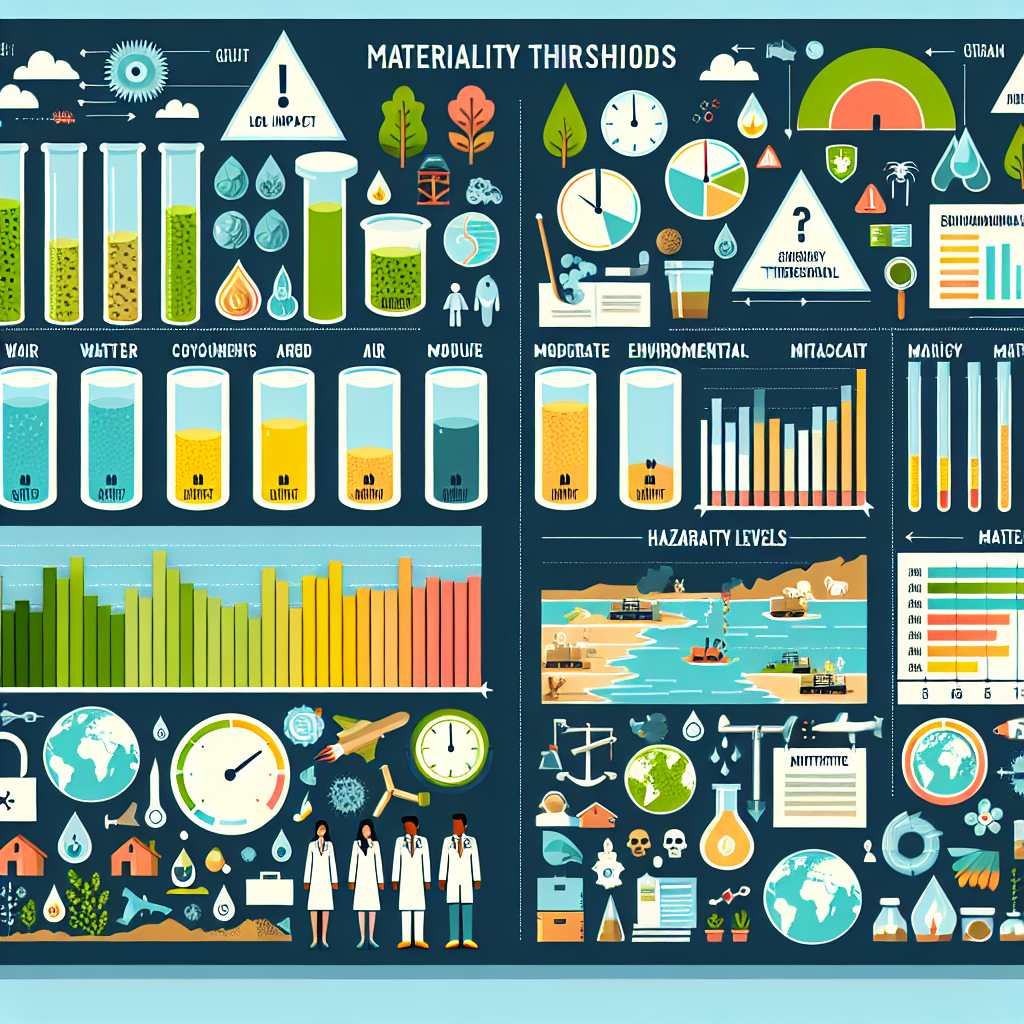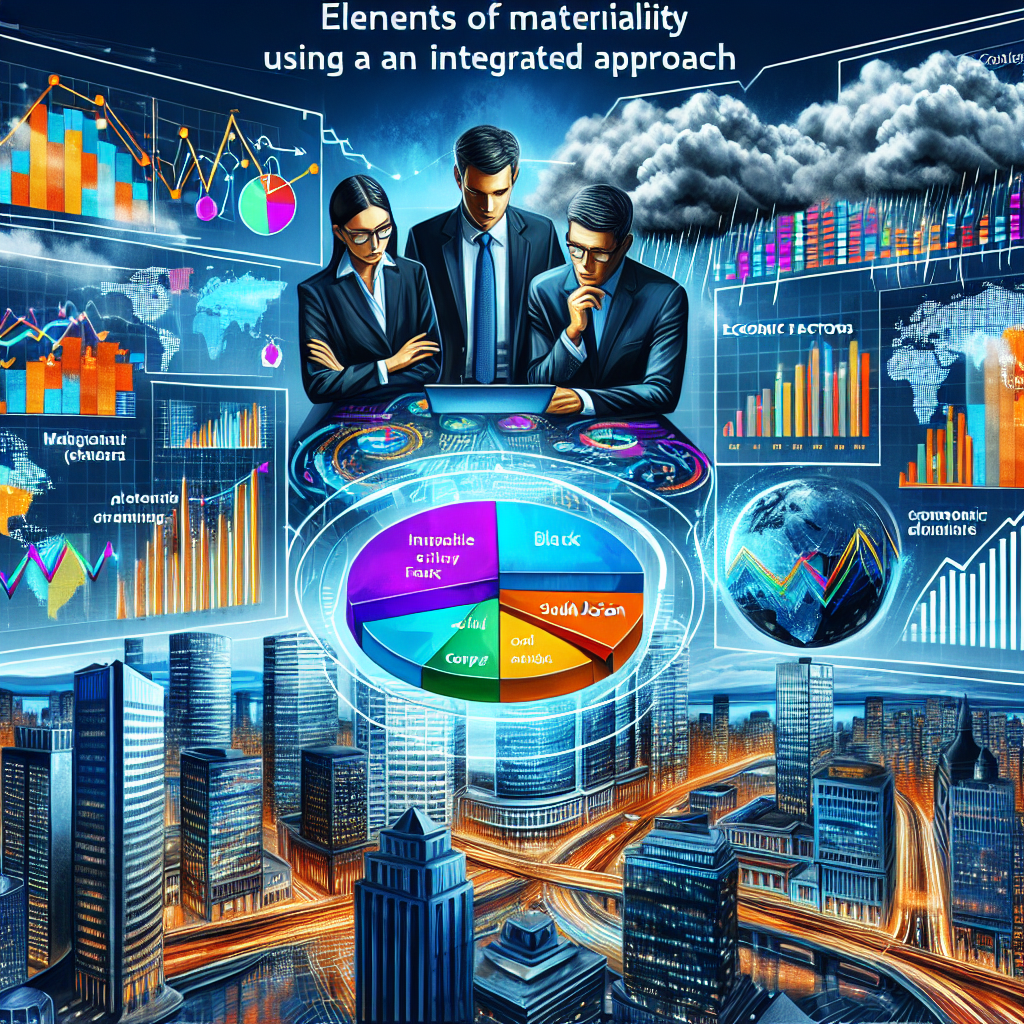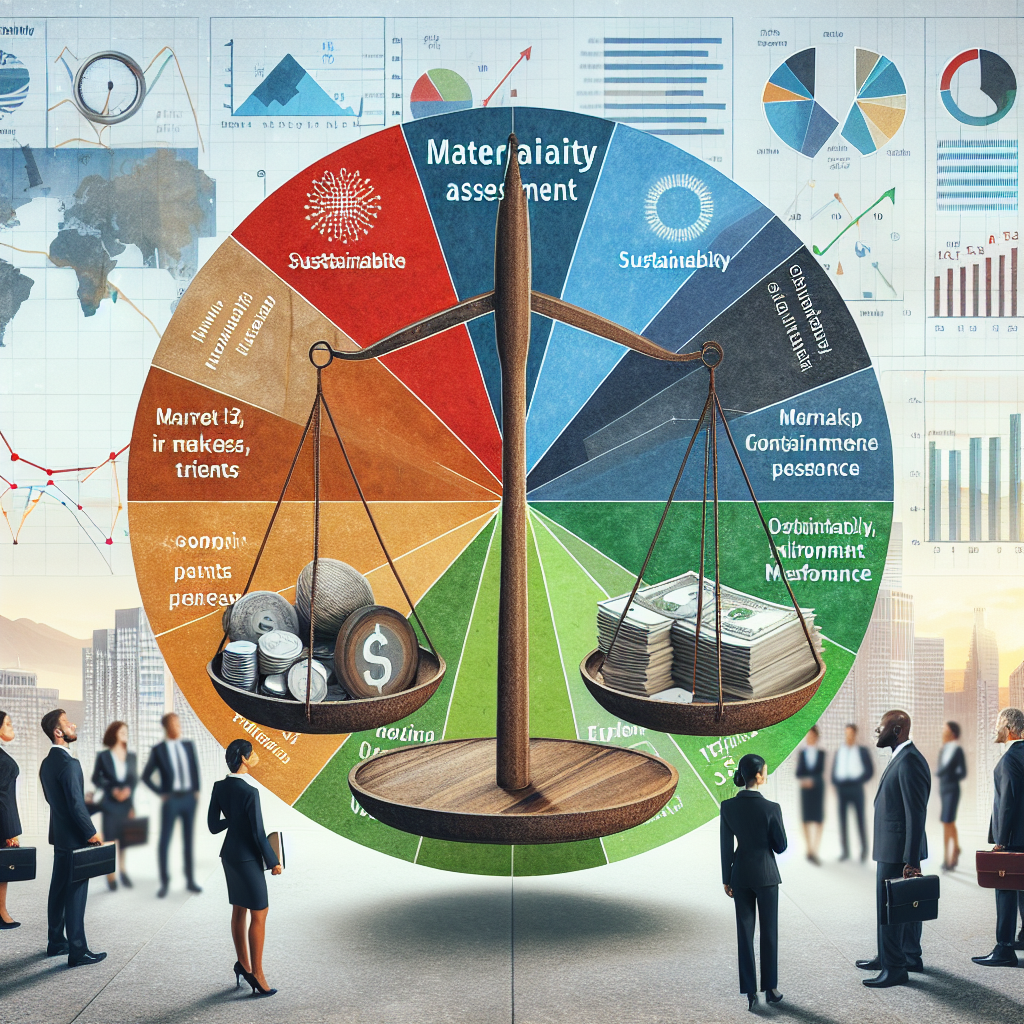22 Sep The Importance of Materiality in Sustainability Reporting
Table of Contents Understanding Materiality in Sustainability Reporting The Role of Stakeholders in Defining Materiality How Materiality Enhances Transparency and Accountability The Impact of Materiality on Corporate Decision-Making Best Practices for Identifying Material Issues in Sustainability Reports Materiality in sustainability reporting refers to the significance...










